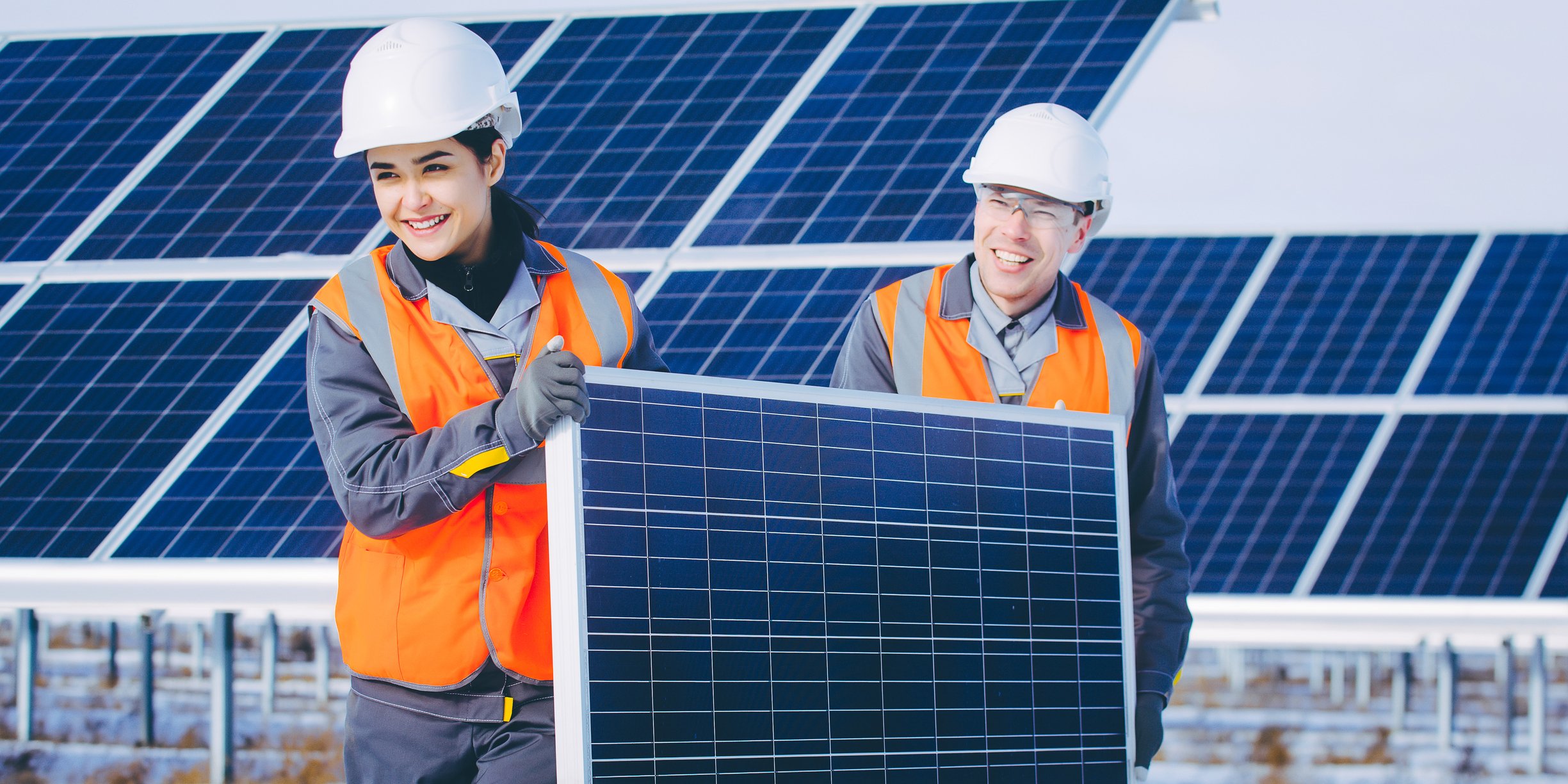Pattern Energy (PEGI +0.00%) ended last year in a tight spot. The renewable-energy company barely generated enough cash flow to cover its high-yield dividend. As a result, it had to take action to improve its financial profile and put its dividend on a more sustainable footing.
The company unveiled its two-year improvement plan earlier this year. While it's still early, Pattern has made excellent progress on that strategy through the second quarter, which was one of the themes on the accompanying conference call. As a result, its 6.5%-yielding dividend is looking increasingly secure.

Image source: Getty Images.
We're right on track
CEO Mike Garland led off the call discussing the company's second-quarter results. While cash flow declined because of unfavorable wind conditions, Garland noted that "we reported $53 million in CAFD (cash available for distribution), which is a strong outcome and in line with our expectations." As a result, the company remains on "track for our 2019 and 2020 growth targets, delivering CAFD per share growth without issuing new common equity and driving down our payout ratio." That enabled Pattern to "reconfirm our 2019 CAFD guidance in the range of $160 million to $190 million." Garland continued: "We are maintaining our 2020 CAFD guidance of $185 million to $225 million... which would be an annual 10% CAFD growth per share through 2020."
With Pattern Energy on track with its strategy, Garland stated that "we are committed to maintaining our dividend and driving down our payout ratio toward our targeted level of 80% by the end of 2020." That lower payout ratio would give the company a bit more financial wiggle room, improving the long-term sustainability of the dividend.

Image source: Getty Images.
We made notable progress on our plan
In addition to reporting financial results that were in line with its expectations, Pattern Energy also took some important strategic steps during the quarter. Topping its list of achievements was the acquisition of stakes in the North Kent and Belle River wind projects. The company paid for $44 million for 57 megawatts (MW) of operating capacity, which gives it a minority interest in these 100 MW facilities.
Garland provided a bit more color on the new additions during the call: "These assets are similar to our existing portfolio, strong assets with years of on-site data, long-term power contract agreements with high-quality offtakers, and best-in-class equipment. They are in operation today and moved us one step closer to completing our build-out of the portfolio in Ontario."
He also noted that the company paid about 10 times cash flow for its investment in these two facilities, which lines up with its return target. As a result, these "acquisitions put us on track to meet our 2019 and 2020 growth targets," according to Garland.
Another notable achievement during the quarter was on the financing side. Garland noted:
We also raised $250 million to fund growth with a three-year bank loan priced to take advantage of the recent softening in the interest rate environment. This facility offered us a great way to enhance liquidity at a low price ahead of future acquisitions. The funding expands our pro forma available corporate liquidity post the acquisitions that I mentioned to $331 million. In short, the debt transaction enhances our liquidity substantially, and is a supplement to what we expect to be a series of capital raises to fund our growth, which we expect to achieve without raising common equity.
That enhanced liquidity will enable Pattern Energy to keep making the acquisitions necessary to achieve its growth strategy. The company still has a sizable list of opportunities even after the Belle River and North Kent purchases. Garland noted that the company's identified right of first offer list currently stands at "845 MW, or 30% of our existing owned capacity, which is approximately 3 GW."
Pattern has already identified its next two acquisition candidates. Garland stated: "The next two projects available for drop down are the 220 MW Grady project in New Mexico, and 150 MW of the 300 MW Henvey Inlet project. These two projects will form a significant contribution of the new investments portion of our 2019 and 2020 guidance." With those acquisitions identified and some of the financing lined up, the company is increasingly confident that it can achieve its two-year growth plan.
The plan seems to be coming together
When Pattern Energy unveiled its growth strategy earlier this year, it lacked some key details. However, after making two small deals during the second quarter, lining up attractive financing, and identifying its next two transactions, it's easier to see the company's path. That's helping improve the probability of success, which would make it a much more attractive stock for income-seeking investors.






